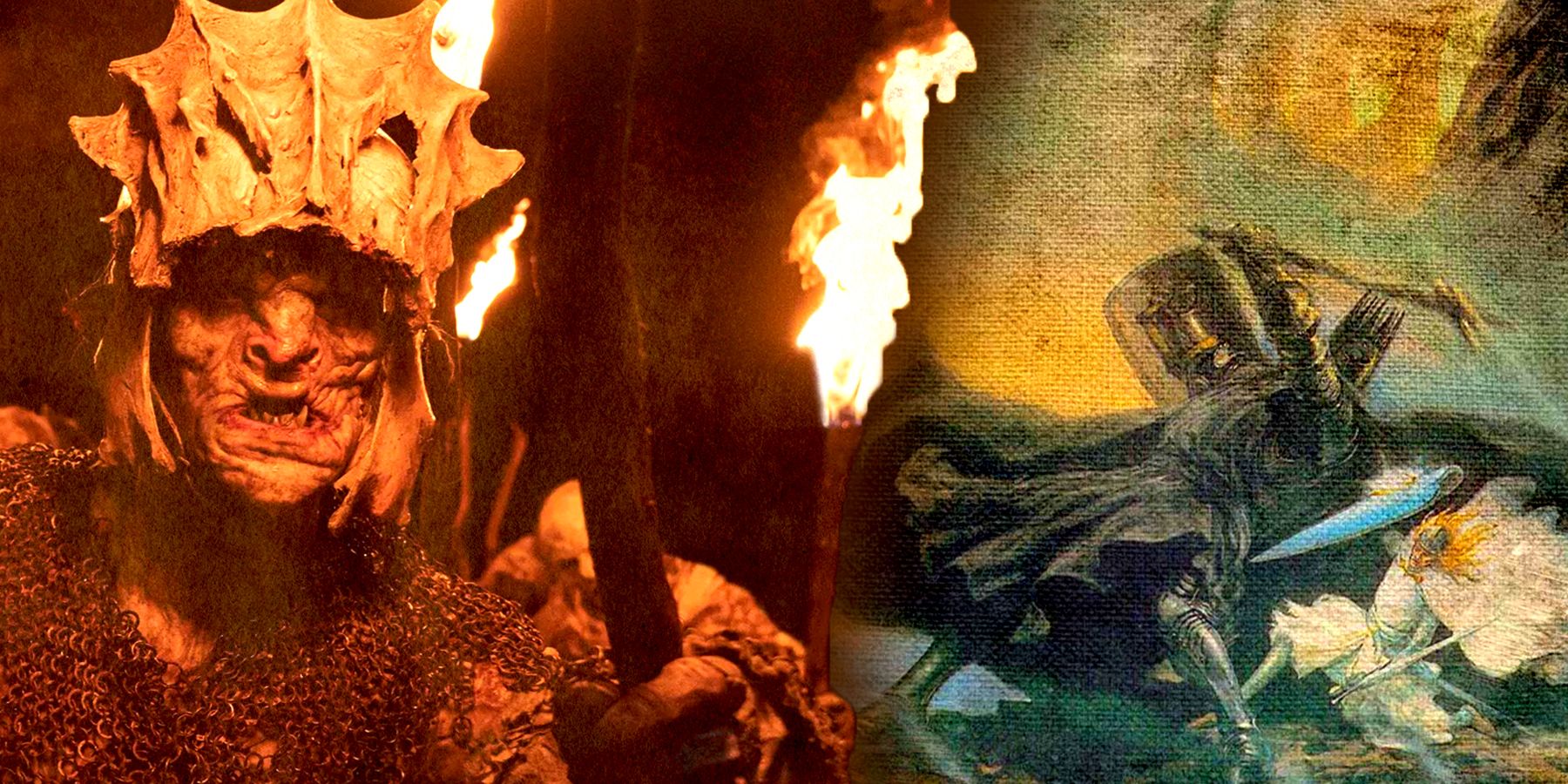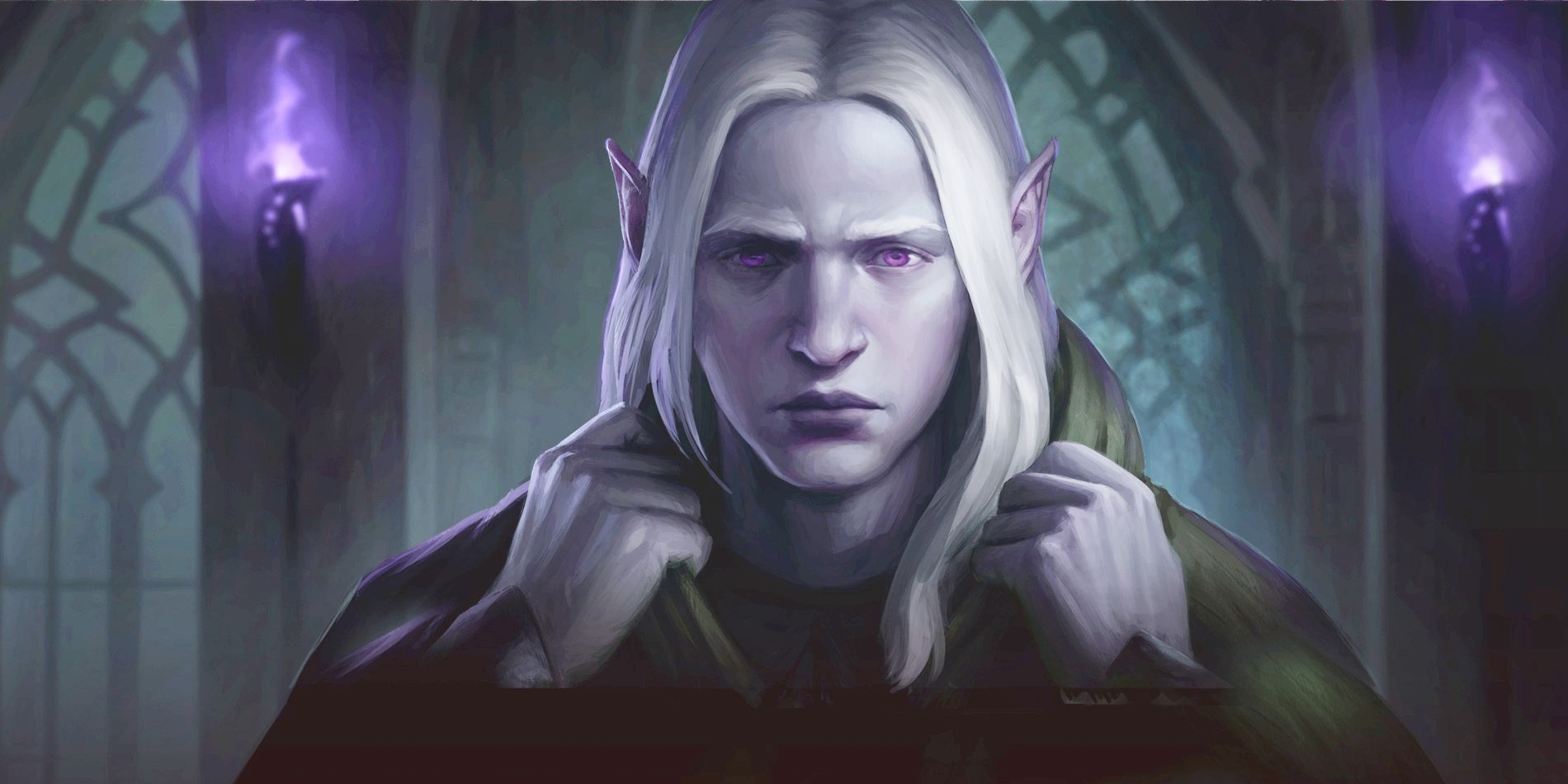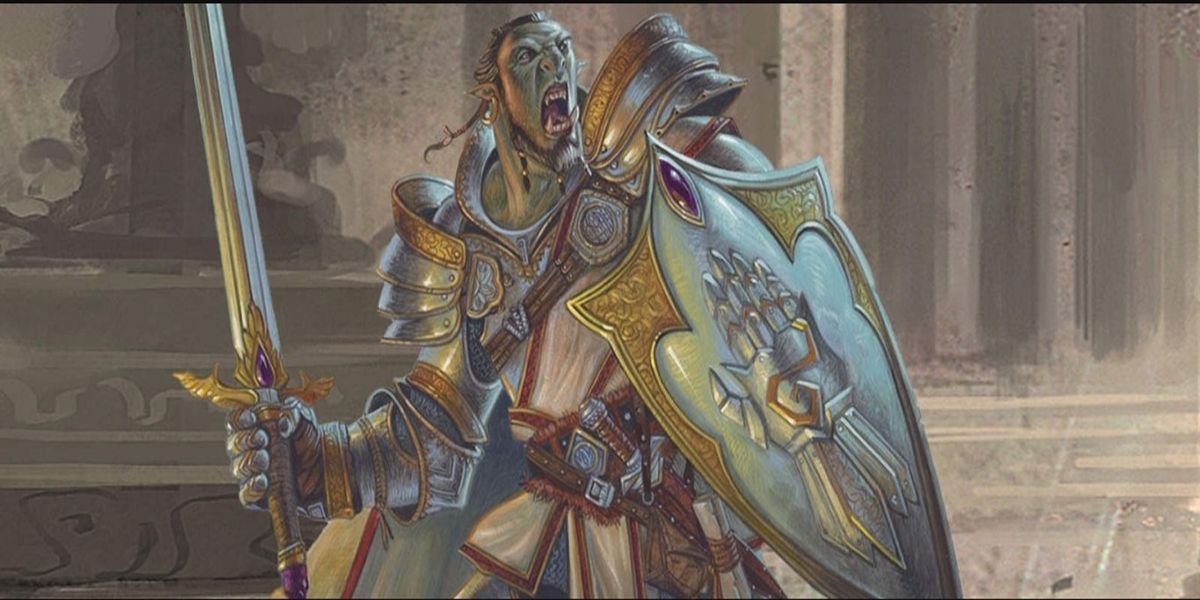Fantasy was infinitely changed by The Lord of the Rings novels written by JRR Tolkien. From the way that fantasy narratives were written to how the worlds were built, there is little that wasn't touched or altered by Tolkien, his novels marking out what fantasy would be for the next near-century. However, this influence comes with downsides. Though Tolkien was quite progressive for his time, several of the ideas and implications in The Lord of the Rings were based upon antiquated, problematic, or outright racist ideas.
Enter Dungeons & Dragons, a fantasy-based role-playing game first published a mere 20 years after Tolkien's writing. Given the sweeping stranglehold that Lord of the Rings had over fantasy, it was only natural that D&D would mimic many of its aspects. However, it also kept many of Tolkien's ideas, making many of its characterizations and ideas non-inclusive and prejudiced. Though Dungeons & Dragons has seen more than its fair share of controversy, the results of these racist ideas still haunt it to this day.
Dungeons & Dragons' Classes Are Partly From Tolkien
Traditional fantasy has always included characters of various associations, from knights and paladins to witches and wizards. Tolkien's version was no different, and D&D followed suit. However, Tolkien introduced many of the class aspects as they exist today in D&D. Some are more complex, while others are subtle changes to the mythos.
For one, Tolkien's Rangers were the clear inspiration for D&D's Ranger class. Though a journeyman jack-of-all trades has been a presence since fantasy immemorial, Tolkien's Rangers, with their being a sort of fantasy cowboy with some inspiration from World War II soldiers, clearly influenced D&D's version. Likewise, Tolkien's Wizards were heaped in study and learning, owing in part to the man's fascination with language and his getting back to the basis of the group. Finally, Tolkien almost certainly invented the Rogue class as it is used in D&D, as thieves in Tolkien's world are best as halflings (a common pairing in D&D to this day) and not inherently bad, much like in D&D.
Essentialism Rules Dungeons & Dragons' Races
The problematic portion enters when looking into the concept of essentialism, which states that all members of a group do or believe something simply because of what they are. Common stereotypes like all girls loving pink and all drow being evil fall into this. This belief that a group of beings (or, as Tolkien and D&D call them, a race) can be essentially good or evil is well beyond antiquated -- it's just racist.
Orcs likely receive the worst of this. Where other races have inherent qualities that make them in some way good or interesting, orcs and Uruk-hai have two major qualities: they are black, green, or somehow non-white; and they are mean and gross. Recent efforts across fantasy have attempted to avail orcs of this clear association with the horribly racist stereotypes of aggression in people of color, but Orcs' racist undertones still remain throughout literature, and are extremely prominent in D&D.
Lord of the Rings undeniably influenced Dungeons & Dragons in ways both good and bad. In fairness to D&D, Wizards of the Coast has been making efforts to address the game's problematic aspects. It recently announced plans to replace the antiquated term "race" in future D&D content, and newer books like Journeys Through the Radiant Citadel have celebrated diversity and the work of POC writers. Still, there have been missteps, such as Hadozee artwork in Spelljammer: Adventures in Space that had to be removed due to its resemblance to racist blackface minstrel art. While the company announced additional steps to avoid future situations such as this one, the stink of a racist past is difficult to clean -- even if it comes from a pedigree as celebrated as Tolkien.



